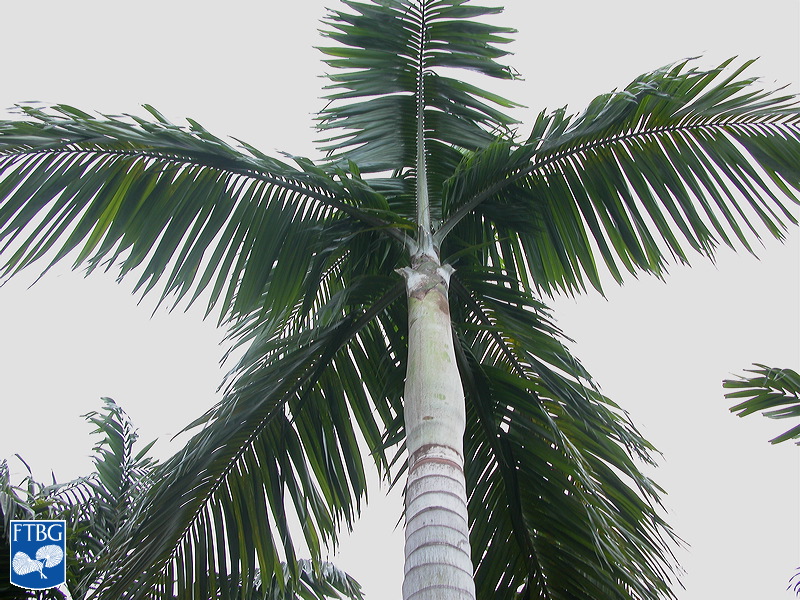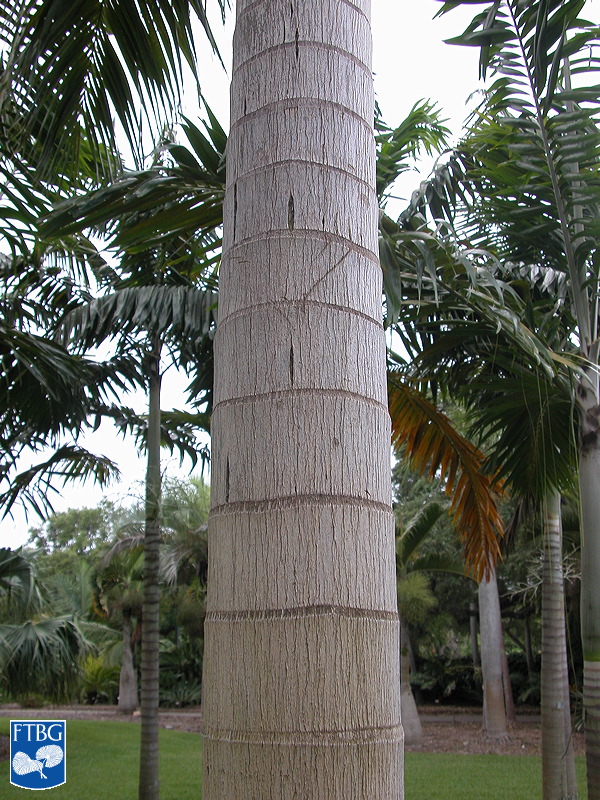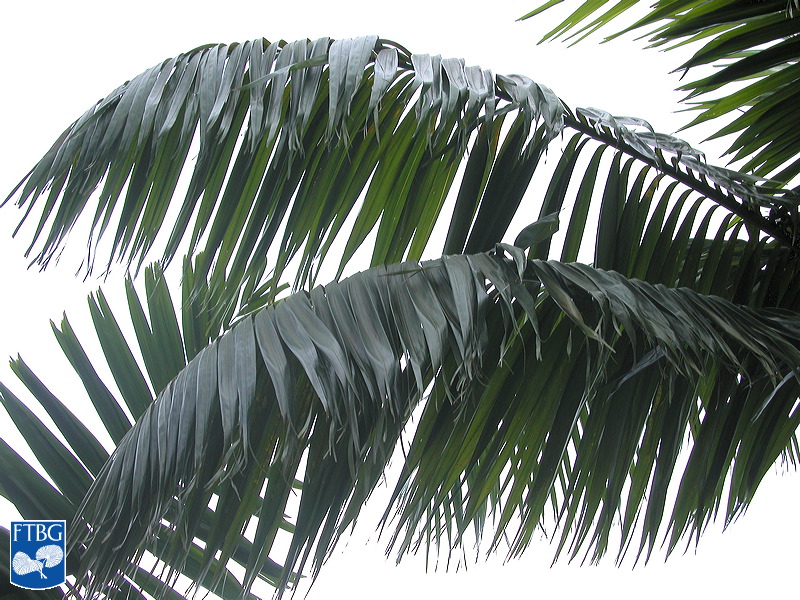Veitchia joannis
|
Veitchia joannis canopy, crown shaft and stem. Photograph courtesy of Fairchild Tropical Botanical Garden, Guide to Palms http://palmguide.org/index.php |
|
Veitchia joannis stem. Photograph courtesy of Fairchild Tropical Botanical Garden, Guide to Palms http://palmguide.org/index.php |
|
Veitchia joannis leaves. Photograph courtesy of Fairchild Tropical Botanical Garden, Guide to Palms http://palmguide.org/index.php |
Common name
joannis palm
Description
Stems: Solitary, slender, pale gray stems to 35 m tall and up to 40 cm in diameter, bulging at the base, with prominent leafleaf:
in palms -- the leaf blade (which is usually divided into leaflets or leaf segments), the petiole (or leaf stalk) and the sheath (which forms the attachment of the leaf to the stem)
scar rings . Leaves: Pinnatepinnate:
like a feather; palms with pinnate leaves usually have compound leaflets attached to a rachis, although a pinnate leaf may be entire with pinnate veins (e.g., <em>Chamaedorea metallica</em>)
, reduplicatereduplicate:
Most palm leaflets or leaf segments are obviously folded. If the folds create an upside-down V-shape, with the margins lower than the midrib (so that rain might "run off the roof"), the folding is reduplicate.
, to 3 m long, with an arching rachisrachis:
an extension of the petiole through the blade of a pinnate leaf to which leaflets are attached
holding regularly arranged, drooping leaflets in a single plane. The crown shaftcrown shaft:
a cylinder of clasping leaf sheaths toward the apex of the stem, found in some pinnate-leaved palms (e.g., <em>Wodyetia bifurcata</em>)
is 60-120 cm long, slightly swollen at the base, pale green in color, with brown scales. Leaflets are green above and below, lanceolatelanceolate:
term to describe leaves and leaflets that are longer than wide and widest below the mid-point; lance-shaped
, with thick marginal ribs and prominent midribs. Leaflet tips are jaggedly toothed (somewhat praemorsepraemorse:
with a jagged edge or like a fish tail
). Flowers and fruits: Inflorescenceinflorescence:
the reproductive structure of a flowering plant, including palms, consisting of flowers and associated bracts
is arching, to 75 cm long and branched to three or four orders. Greenish to white male and female flowers are borne on the same inflorescenceinflorescence:
the reproductive structure of a flowering plant, including palms, consisting of flowers and associated bracts
. The ovoid, beaked, red fruits are 4-6 cm long.
Diagnostic features
Field: Erect, tall, solitary palms with leafleaf:
in palms -- the leaf blade (which is usually divided into leaflets or leaf segments), the petiole (or leaf stalk) and the sheath (which forms the attachment of the leaf to the stem)
scar rings on a pale gray stem; lower leaves hanging below horizontal level; leaflets drooping and growing in a single plane; fruit beaked.
May be confused with
Adonidia merrillii, but it is usually a smaller statured palm with ascending leaflets held in a V-shape, rather than drooping leaflets. Other Veitchia species; see those descriptions for diagnostic features.
Distribution
Native to Fiji and Tonga
Additional comments
This Veitchia might hybridize with other species in landscape plantings. Similarities of palms in this genus make determination of species difficult.
Scientific name
Veitchia joannis Wendl.
Family
Arecaceae/Palmae
Synonyms
Kentia joannis (H.Wendl.) F.Muell.





